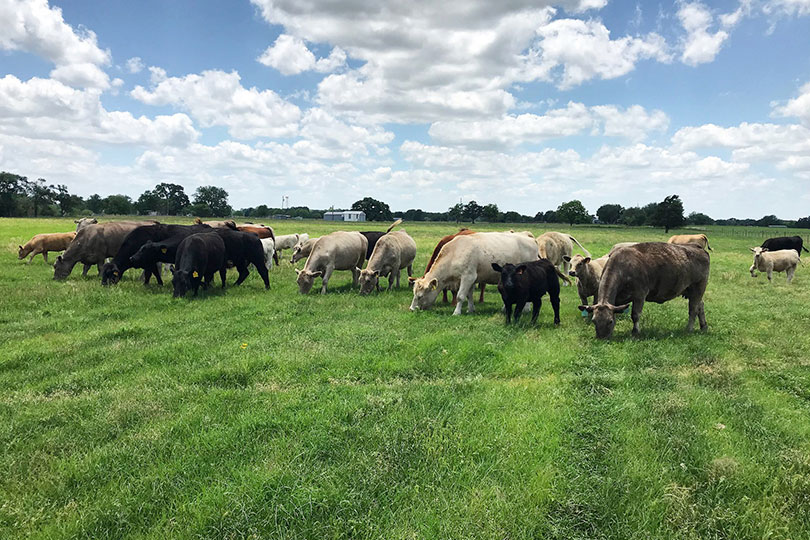By Jennifer Dorsett
Field Editor
In April, U.S. Secretary of Agriculture Sonny Perdue announced the creation of the Coronavirus Food Assistance Program (CFAP), which provides financial assistance to farmers and ranchers who suffered a 5 percent or greater price decline or who had losses due to market supply chain disruptions due to COVID-19 and now face additional significant market costs.
The U.S. Department of Agriculture’s (USDA) weekly report on July 6 shows farmers have now received more than $5.3 billion of the $16 billion that is expected to be distributed through the program.
As of that report, more than 21,000 Texas farmers and ranchers had applied for and received CFAP payments totaling $272 million.
But even as the CFAP payments make their way to farmers and ranchers, agricultural organizations and lawmakers say more aid is needed.
“Our members have been receiving needed assistance, and we’re very thankful for that, but these payments alone won’t keep them in business,” Texas Farm Bureau (TFB) National Legislative Director Laramie Adams said. “We’re going to need more help to make that happen.”
In a webinar hosted by TFB, U.S. Rep. Mike Conaway acknowledged those concerns.
“Rural America and the ag economy came into this fight in a worse off position than anywhere else in the economy. Times are hard in rural America. I believe more resources are needed in moving forward,” Conaway, who is the former chairman and current ranking member of the U.S. House Agriculture Committee, said. “I believe, and many of my colleagues believe, that there are additional resources needed for addressing this COVID impact on production agriculture.”
Recent numbers show the livestock sector continues to receive the majority of the CFAP payments. Cattle, hogs and sheep owners have received $1.4 billion in aid, nearly half the total payments issued so far.
“We want to make sure we’re fighting for every commodity, crop, farmer and rancher in Texas, but livestock is where we’ve seen the biggest impact. We’ve never heard from as many cattle ranchers as we are right now, asking what they can do or who to contact for assistance,” Adams said.
A second round of COVID-19 aid, the HEROES Act but commonly called CARES-2, is being considered by Congress.
A letter sent from the American Farm Bureau Federation (AFBF) to Senate leaders underscores the need for more support to farmers and ranchers, noting the current relief program only covers losses until April 15.
“The widespread closures at the retail level are impacting consumer demand and purchasing patterns in ways that the industry has never experienced. The disruptions and logistical challenges in the supply chain are adding unprecedented costs and risks in the marketing system,” AFBF’s letter said. “AFBF urges Congress to ensure that adequate funding is available to provide relief for farmers who have already encountered losses due to COVID-19, as well as those for whom the economic damage of the pandemic will impact planting and harvesting in the coming weeks and months.”
AFBF asked lawmakers to provide aid to contract poultry farmers, open Conservation Reserve Program (CRP) acres for emergency grazing and to waive the overtime fees for USDA Food Safety & Inspection Service (FSIS) meat inspectors at small- and medium-sized packing plants to assist with the backlog of animals currently being held by ranchers.
The national organization also urged Congress to consider the impact the pandemic has had on rural communities, urging lawmakers to support rural health care centers, approve funds to expand rural broadband access and provide funding to help ensure agricultural labor and worker safety.
In Texas, Adams said TFB continues to communicate with lawmakers and USDA officials as they consider other legislation and a new coronavirus aid package.
“We’re visiting with senators and representatives to be sure we can move forward a package that takes agriculture into account,” he said. “The ag community has done a good job of pushing that message and providing statistics that back up what we’re asking for. We’ll continue to do that until we see additional aid for farmers and ranchers.”

